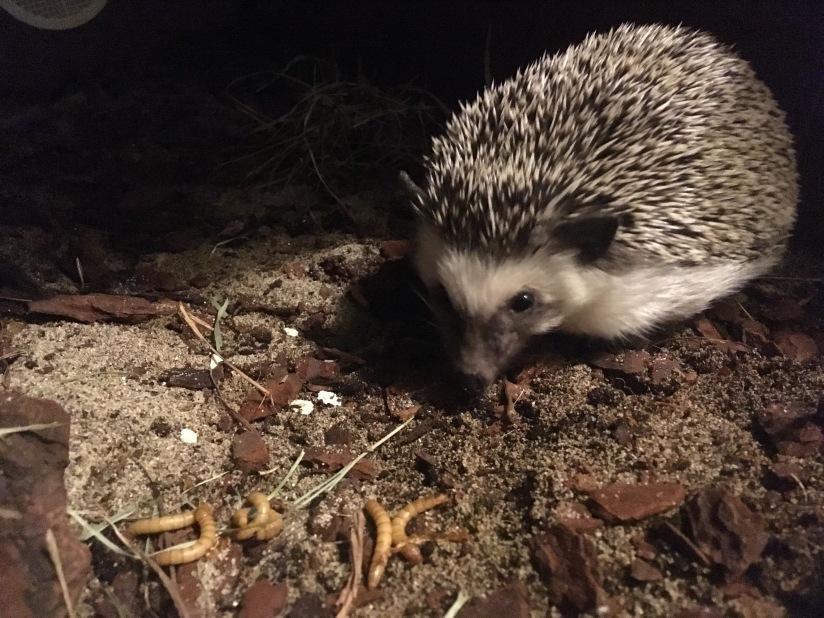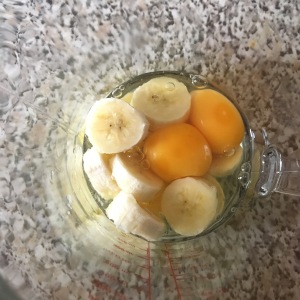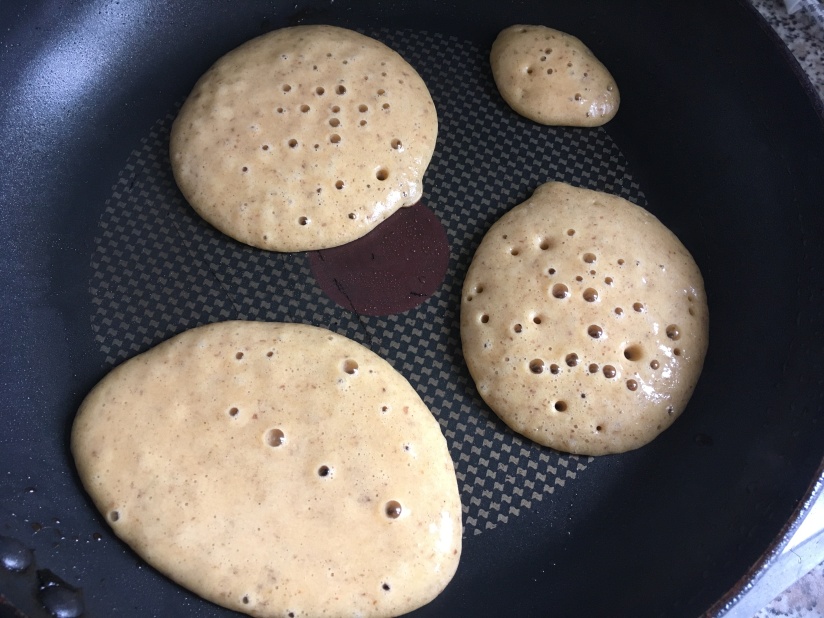I started to research bioactive and naturalistic vivariums a few months back, starting with an experimental forage box which included its own clean up crew of worms, beetles and springtails – Read about that here: Nature Inspired Half-a-Habitat.
With what I’d learned from watching Chai in the forage box and inspired by more and more hedgehog and mammal owners attempting a naturalistic and bioactive I decided to give it a go too.
Since I had an existing happy springtail and worm clean up crew in the bioactive forage box I hope they’ll not need too much time to establish in their new home. I’m afraid I might have unestablished them in the move from tub to vivarium even though I tried to be very gentle. I’ll be topping up the springtail colony in the next few days just in case.
The substrate is made up from coco peat/husks, orchard bark and chunks, fine chinchilla sand (white) and play sand (beige).
For more natural decoration, in addition to the mostly-dead grass and two branches I have I bought a cork bark tunnel and flat piece to make a cave from. I planned on adding a dried branch and piece of wood for an aquarium for bugs to hide on.
I managed to pick up all of these items from the reptile and aquarium section of a pet shop and from various shops online.
Since I was experimenting I first put some stones beneath the corner where I wanted to heap up more compost and coco peat (around the plant which is mostly dead now) and then started to fill the floor with the rest of the coco peat mixture. Since I know Chai doesn’t like moist flooring I then began to layer on top about 4kg of sand in. When it continued to easily disappear into the damp coco peat mixture I stopped and decided to wait for the top layers to dry before adding more.
I then layered on half of a bag of orchard bark (about a quarter of a 1ltr bag) and then made myself stop.
I found placing the cork bark to be the most time consuming; the substrate layer hadn’t yet settled so things seemed to sink and become unstable just as I thought I’d given the structure enough support. I ended up with the flat piece of cork bark forming a cave which Chai later excavated to make deeper, and decided against adding the cork bark tunnel as it would have ended up at the front of the vivarium and I still want to be able to see what Chai’s getting up to.
I’m sure I’ll have plenty of opportunity to change the vivarium around until I find a set up that Chai and I are happy with.


First Impression
I love the aesthetic of the bioactive vivarium; there was something about the carefresh which just put me off and I didn’t like finding dust on the bottom of the vivarium when I was removing it. I also like the ‘earthy’ smell when I open the vivarium as opposed to the dry smell of a paper based bedding.
I wish I’d given the vivarium and clean up crew some more time to settle and establish before adding Chai, but she doesn’t have an alternative home to live for a few months to let that happen. I realise this means that the clean up crew will have a harder time, so I’ll need to keep on top of cleaning.
Already it’s been quite pleasant to see signs that Chai has been burrowing quite a lot and moving things around (namely the air plants). There seems to be a lot of places for bugs to hide – I’m glad I added the orchard bark chunks for the dubia roaches.
Fingers crossed! I’ll update after a few months.






























